I have a RF remote control for the garage that I would like to control via Arduino.
With a multimeter, I detected around 3v across the button.
I have soldered two wired on either side of one of the buttons, and connected one side to digital pin 12 and the other to ground.
While this worked fine, I did notice that the remote depleted of all battery in a day.
Trying to marry theory with practice, did this occur because I did not use a pull-up / pull-down resistor?
Update
 As recommended by Cornelius, I removed the battery and connected the 3.3V and Ground directly to the battery terminals.
As recommended by Cornelius, I removed the battery and connected the 3.3V and Ground directly to the battery terminals.
As Andy Aka predicted, I measured the voltage from ground to the positive terminal of the button, and it is ~5V, which will end up damaging the board.
